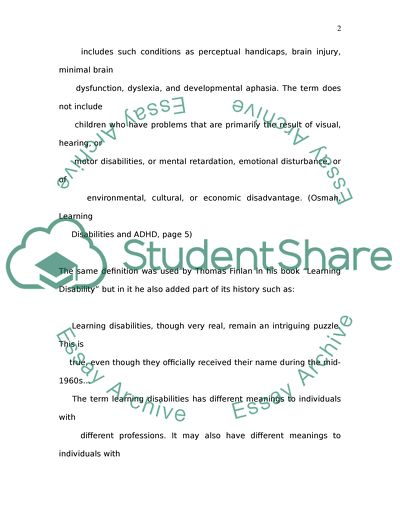Cite this document
(“Cultural Status of People with Intellectual Disabilities Essay”, n.d.)
Retrieved from https://studentshare.org/sociology/1527351-cultural-status-of-people-with-intellectual-disabilities
Retrieved from https://studentshare.org/sociology/1527351-cultural-status-of-people-with-intellectual-disabilities
(Cultural Status of People With Intellectual Disabilities Essay)
https://studentshare.org/sociology/1527351-cultural-status-of-people-with-intellectual-disabilities.
https://studentshare.org/sociology/1527351-cultural-status-of-people-with-intellectual-disabilities.
“Cultural Status of People With Intellectual Disabilities Essay”, n.d. https://studentshare.org/sociology/1527351-cultural-status-of-people-with-intellectual-disabilities.


